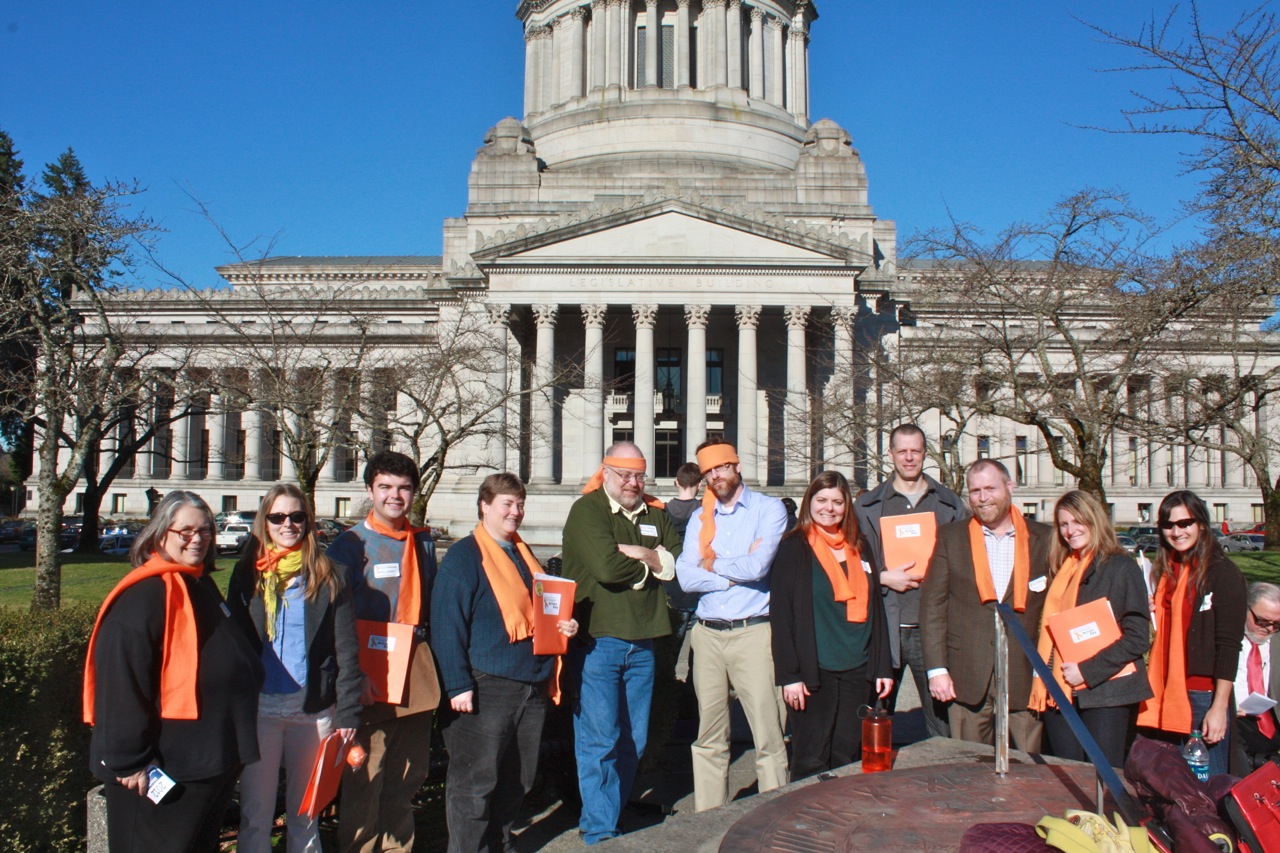Addressing the Perception of Homelessness
by Lily Arnold, Guest Contributor
There is a common stereotype among the average American that most homeless people are alcohol or drug abusers that have in some way or another contributed to their own situation, and this perception is causing a huge amount of apathy which is unnecessary and unhelpful to the 630,000 homeless people in the US.
A More Common Problem than You Might Imagine
The truth is that homelessness affects a huge variety of people in the US and it is more common than many people care to believe. Far from being a problem for drug and alcohol abusers, it is actually a problem that is experienced by 3.5 million people in any given year, with over a third of those being children. These remarkable figures, recorded by the National Law Centre on Homelessness and Poverty, highlight the true extent of the issue. Single men account for 44% of the homeless, single women 13%, families with children account for 36% and unaccompanied children around 7%. The issue is far reaching in our society, and if the general public were aware how easy it can be for ‘ordinary people’ to become in a situation of homelessness, they would want to do more to help.
Common Causes
Financial issues are a large contributing factor which can lead to people being without a home including poverty due to unemployment, no available affordable housing in the area, inability to get financial support from the state, and so on. Families can quickly end up without a home if the main earner is made redundant and they can no longer afford rent. Without adequate emergency housing in place to cater for the growing demand, there is simply nowhere to go. 44% of homeless people said that they had done work in the last month; however the average wage for those people was almost half of the national poverty line amount meaning that finding affordable housing options was simply not possible.
The stereotype of homelessness and substance abuse is rooted in reality, with research from SAMHSA showing that a large percentage (34.7%) of homeless people are currently suffering from a dependency on alcohol and illegal drugs. These figures are well above the national average for substance abuse, but are still a long way off from the perception that all homeless people are addicts. The issue is extremely complex, and those people who are suffering from substance abuse problems need assistance and support to get back on track with their lives. There are huge gaps in our system that are resulting in people falling into desperate situations, where drug and alcohol dependence can develop. The rates of substance abuse were highest in single homeless men, 40% of whom have previously served in the armed forces. This highlights the pitfalls in the system, allowing those who have previously served for our county to end up living on the streets.
Mental illness is another large scale problem connected to homelessness, with a fifth of people living without a home requiring help for mental illnesses of differing severity. If there is no adequate help in place to cater for the needs of these people, how can we expect the situation to improve? Someone who is suffering from a mental illness that requires treatment is unlikely to be able to help themselves out of their current situation, and their condition could be getting worse.
Positive Action in Our Communities
Homelessness is a complicated issue and there is no simple resolution, but one thing is for sure, the first thing we need to do is raise public awareness of the issue and get more people involved in helping out our fellow Americans who are in need. Tackling the causes of the problem is not necessarily going to help those who are currently living on the streets, but understanding how to prevent thousands more people each year ending up without a home will reduce numbers moving forward.
There are lots of initiatives and schemes in place to help those in need, but we always require more volunteers and helpers to get involved. Positive things happen in communities where people are willing to look past judgment and stereotype to help out their fellow people. Why not try to help educate those around you so that we can raise awareness of the issue and help out those in need? Food and shelter for all should be our aim as a society.
Other articles by Lily:


































